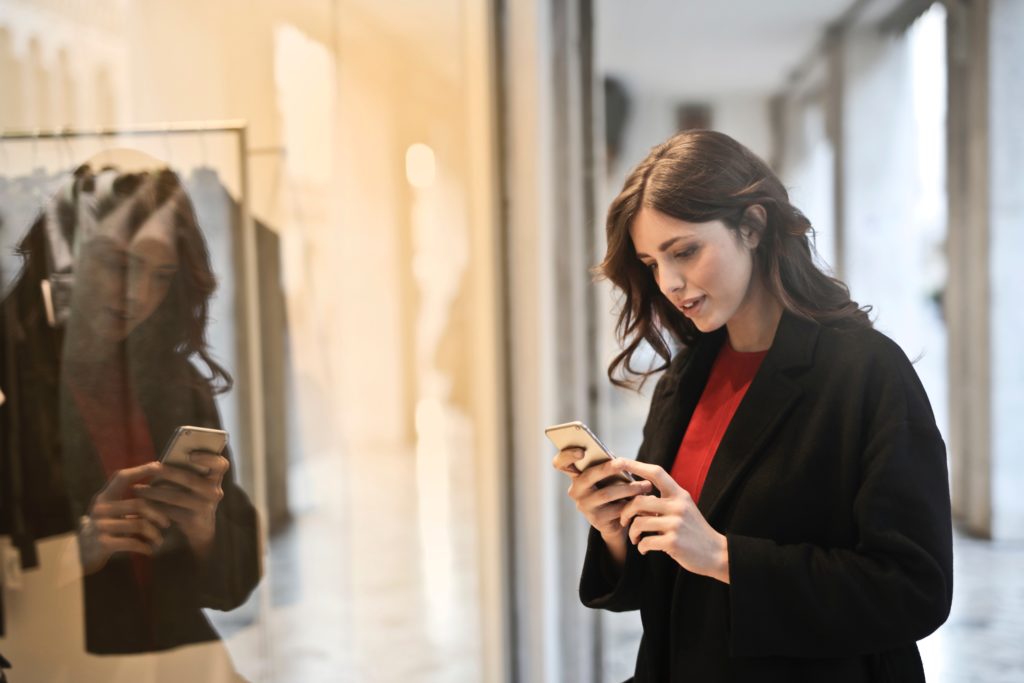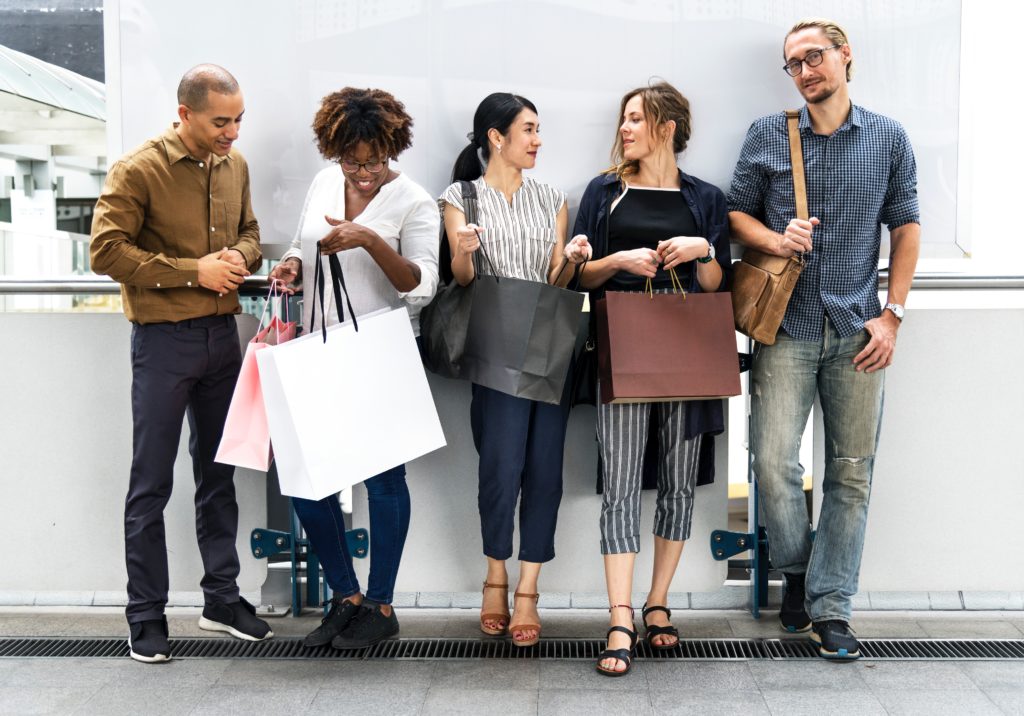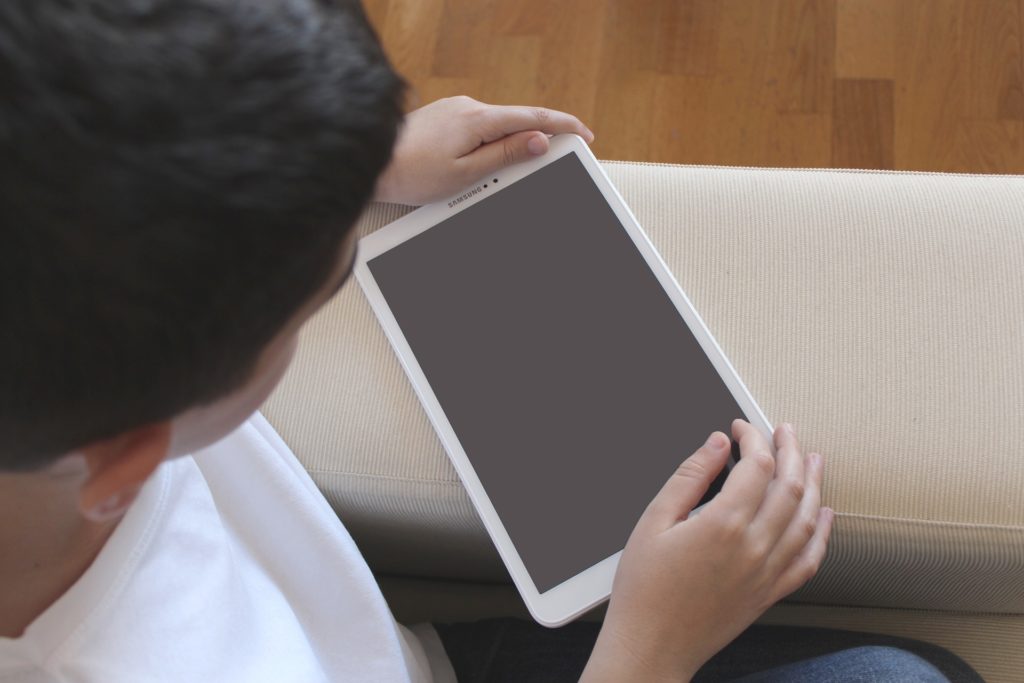What millennials want? AR
shopping!
We are living in digital era where new generations are being attracted by specific content so that the industries need to adapt quickly. Garment industry is one of the biggest areas which seems to be on top as it comes to customers between 16-24 years thus it is imperative that retailers manage to engage younger consumers, if they wish to avoid being left on the ever-growing high-street scrap heap.
Augmented reality (AR) is an area of innovation that can yield exceptional results for retailers hoping to successfully appeal to Millennials, with its easy availability on mobile, instant engagement, and the effect of virality. Shopping in augmented reality is the future!

Researchers say that they are digital autochthons. Millennials were born in the times of computers and smartphones, that have marked their lives undoubtedly. Now they are on spot – millennials cover the largest group of active consumers on the market.
Millennials make decisions quite differently than older generations. Most of the institutions approach young consumers demurely, all the more because they get at conveniences of a changing world much faster and easier than their parents. Their buying behaviour is already changing the way the economy works and will continue on changing illustriously.
New technologies served differently
Millennials derive knowledge from the Internet and that’s where they make their most important decisions – compare prices, meet recommendations, and make bank transfers. Their choices involve all kinds of life’s activity.
“Access is better than possession” – Millennials have mastered the principles of cooperation economics and put them into practice in a natural way. That’s why the most important tool of the Z and Y generation are smartphones along with the applications, which facilitate every aspect of life.
The cooperation economics slots in with the mindset of younger generations – you don’t have to own all the things you want to use. You can rent or hire them; you can make them do things for you. Applications shorten the distance between people and have extensive recommendation systems that can be exchanged as part of sharing.

If you want me to buy your product you need to represent deeper values
Millennials identify themselves with the brands of the products they purchase so that they demand special value system from them. They need the brand to be corresponding with their mindset. Young customers want to participate in creation of the product thus they can stand out of the crowd with their accessions and that is why they seek the opportunity to make things their way while buying them. Brands need to be aware of it in today’s market.
Want to attract Millennials? Try AR!


Growing up in the mobile age, young consumers have a strong preference for mobiles and visual, easy-to-perceive information. They spend hours a day using multiple social networks and they love to share their experiences with friends and family as quickly as possible.
They are also much more averse to long-term financial commitments than previous generations and most Millennials expect to try out or try on a product before deciding to pay for it as well as learn about reliable recommendations about it.
Retailers need to target the content where Millennials consume most of it, and the majority of AR experiences are released on mobile. Camera-based apps powered with augmented reality like shopping in augmented reality features, offer high level of engagement, availability on mobile, and a consumer-centered concept which allows retailers to keep up with their buying decision mindset by providing them with the experiences that are not just useful and problem-solving, but way more fun and engaging too. Millennials are known for sharing their lives with the world, so brands can take advantage by broadcasting their message through the social media accounts of their own.
All it takes is to create an AR feature worth using and an AR experience worth sharing.
Shopping in Augmented Reality: who was the first?
The very first brand that used shopping in augmented reality and new AR ad format was the glasses manufacturer Michael Kors. Facebook has transformed a new advertising model which uses augmented reality extension. It lets the products in a virtual environment try out. Platform users will be able to virtually try on and compare fashion accessories, as well as view the furniture, games and other products from the world of entertainment. There are also other brands like Sephora, NYX, Bobbi Brown, Pottery Barn, Wayfair or King, trying out the new ad formats. shopping in augmented reality
However, if you only care about your sales growth, using AR only for the sake of using it, won’t work. It’s important to consider the entire customer shopping journey and think of how technology can empower the most crucial customer touchpoints, for instance adding a virtual ‘try on’ experience to the website or in-store where the first interaction with the brand happens.
With millennials who shop, communicate and live online, retailers must focus their attention on the touchpoints that matter to this consumer type and think how technology can empower their shopping experience.



AR in practice
AR technology and shopping in augmented reality are expanding more and more during the last years. There is a surging popularity of AR applications that help users see how furniture will look in their homes, such as IKEA Place or Amazon’s AR View; find specific items and shows which suits them best like Gap’s Dressing Room or Burberry, which took a slightly different approach, using augmented reality to let users digitally redecorate their surroundings with Burberry-inspired drawings and share the resulting picture with their friends on social media.
Augmented reality has made a big splash recently for beauty brands, with many such as Sephora or L’Oréal Paris driving sales by allowing users to try on products through cameras on mobile and online before making the purchase.
The innovative feature of shopping in augmented reality currently allows users to upload a still selfie to virtually try on various products that can be purchased from Sephora, but the new update will allow users to view themselves moving in real time with the digital makeup, with more effective technology.
Store experiences in Augmented Reality
L’Oréal Paris has revolutionized their in-store experience with a virtual makeover tool, enabling users to test drive various products like lipstick or hair color before buying it. The feature works with still images or ‘live’ footage, making it all the more appealing to those who want to appreciate their new look in motion.
Zara also launched an augmented reality store experience with models demonstrating the latest Zara looks as you point your phone at certain spots within the store. This idea fits perfectly in the mindset of a Millennial.
We can definitely see that AR has become one of the hottest marketing trends for retailers. It allows brands to win over a very demanding and elusive group of consumers by creating an entirely new way for them to interact, shop and discover products they’ll love.
Do you want to learn more about high-tech? Read:
Augmented reality for tourism: the holydays of the future
Scientific and technological disciplines: how Augmented Reality can increase stem sectors
Vuoi sviluppare il tuo progetto AR? Contattaci
